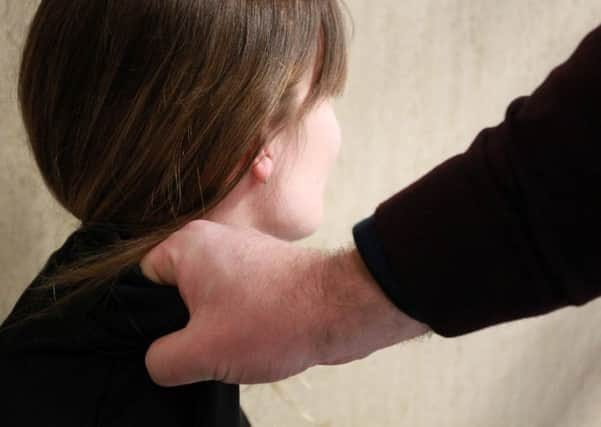Emma Pearmaine: Police video the key to convicting coercive abusers


On December 31, 2015, controlling or coercive behaviour in an intimate or family relationship became a new offence under Section 76 of the Serious Crime Act 2015.
The term ‘coercive control’ spans a broad range of actions that are intended to intimidate, restrict and control a partner’s behaviour. This can include restricting access to money, refusing to socialise with family or friends, threatening to release intimate details or pictures, monitoring email and social media accounts and even tracking someone’s movements through smartphone software.
Advertisement
Hide AdAdvertisement
Hide AdSadly, these are difficult behaviours to prove. And as the victims become increasingly afraid, they adapt their behaviour accordingly without leaving an obvious trace of evidence for the police to follow.
With Christmas coming up, life is about to get even harder for those living with domestic abuse. The point where someone approaches the police for help, or when an officer responds to a call for help in the home, is absolutely critical. Sadly, the evidential hurdles to overcome in order to charge the perpetrator are significant, and a substantial number of abusers in Yorkshire appear to be escaping a formal charge.
Figures obtained from the Police by Ridley & Hall solicitors showed that our three Yorkshire police forces between them recorded 524 arrests for coercive control between January 1, 2016, and June 30, 2017. Yet just 62 people were charged with the offence. That’s just 12 per cent – below the national average of nearly 17 per cent.
I am not suggesting that police forces aren’t taking coercive control seriously. Clearly arrests across Yorkshire are increasing: from 118 arrests and 13 charges in the first half of 2016, to 234 arrests and 33 charges in the first half of 2017. But I suspect officers in some areas lack the time, resources and equipment to gather the necessary evidence.
Advertisement
Hide AdAdvertisement
Hide AdWest Yorkshire Police began fitting out officers with body cameras in May 2016, to the tune of £2m. Perhaps this is one of the reasons the force managed to charge 16 per cent of people arrested for coercive control with that offence, compared with just ten per cent in South Yorkshire and less than three per cent in North Yorkshire.
It is clear that witnessing and recording a behaviour of denial or compliance can, instead, become a crucial piece of evidence that a person is suffering from abuse.
For those who are aware of the abuse, and find the courage to report it, receiving immediate help and support is critical.
Returning home to an abusive partner who is aware that the police has become involved is a truly frightening prospect. The victim might find any access to money they had completely removed, and the seriousness of threats to themselves and their loved ones amplified.
Advertisement
Hide AdAdvertisement
Hide AdCoercive control is a pattern that usually only ends when the victim finds the courage to seek help and leave, or something far more tragic happens. Sadly, gathering enough evidence to meet the demands of the Crown Prosecution Service to bring a charge is challenging.
Being able to record the sometimes subtle signs that someone is being abused could directly help save more lives. It is crucial that more abusers are brought to justice. We can’t simply rely on victims to deliver the evidence in a process which can jeopardise their safety and which would ultimately have a substantial impact on their lives.
It is vital that victims are wrapped in the blanket of support that enables them to leave the abuser, the very moment they come forward and ask for help. This, however, requires more resources than is currently available, but an investment made here is one that is guaranteed to save lives.
All front-line borough officers at the Metropolitan Police Service have body-worn video, which can be used to capture the impact of abuse on a victim when officers attend a call, and show the suspect’s behaviour at that particular moment in time.
Advertisement
Hide AdAdvertisement
Hide AdWe urgently need that same investment in equipment across Yorkshire so that officers will be able to present a solid case for prosecution without having to rely on the support and evidence of the victim.
In my role as trustee of the charity The Corporate Alliance Against Domestic Violence, I have personally delivered training to front-line officers.
Regular training helps front-line officers to better understand and identify coercive control, and I am offering to deliver this to any and all police officers who are interested.
Emma Pearmaine is director of family law at Ridley & Hall.